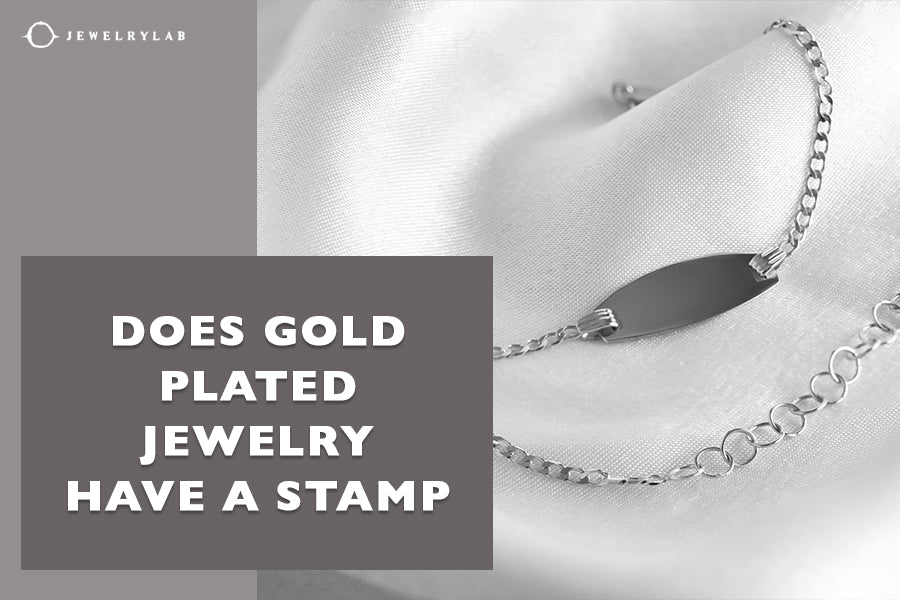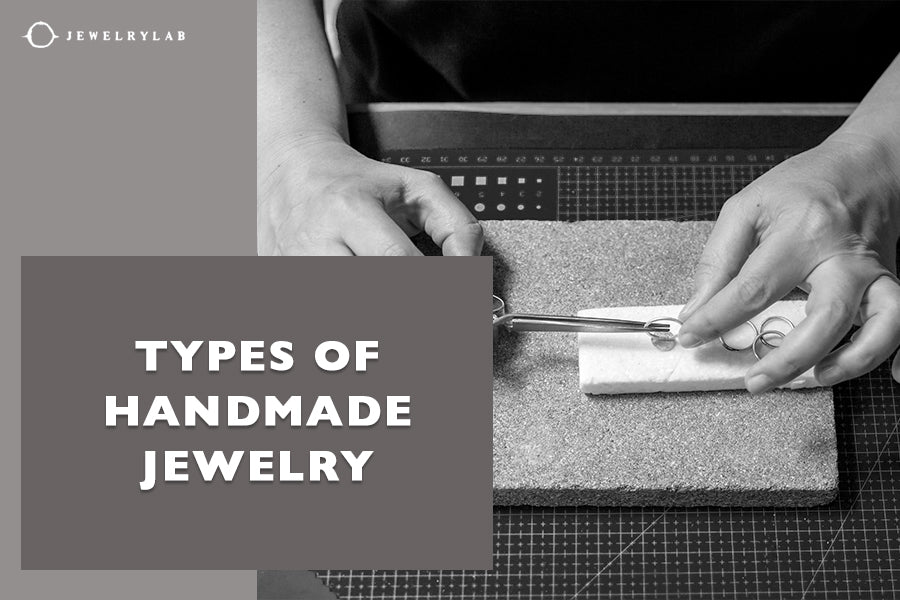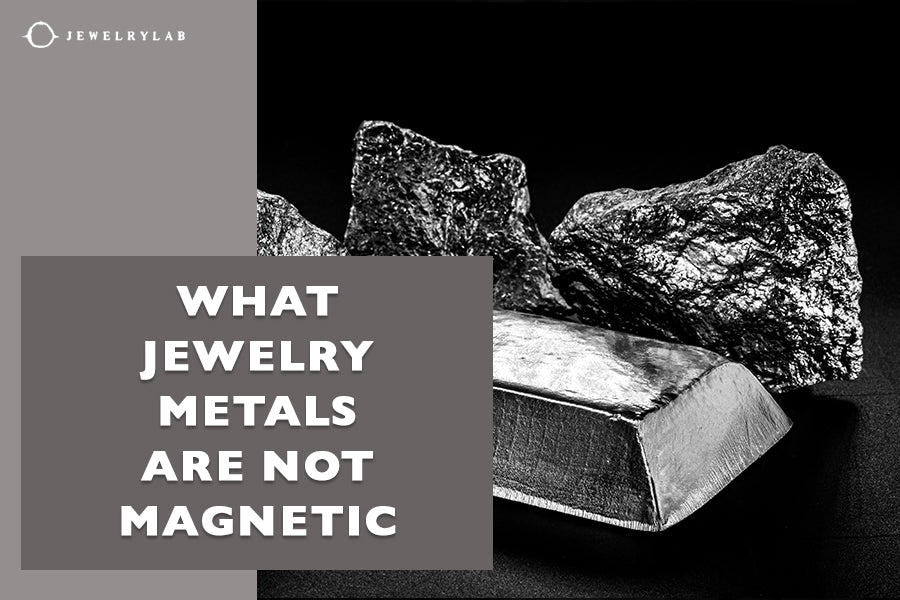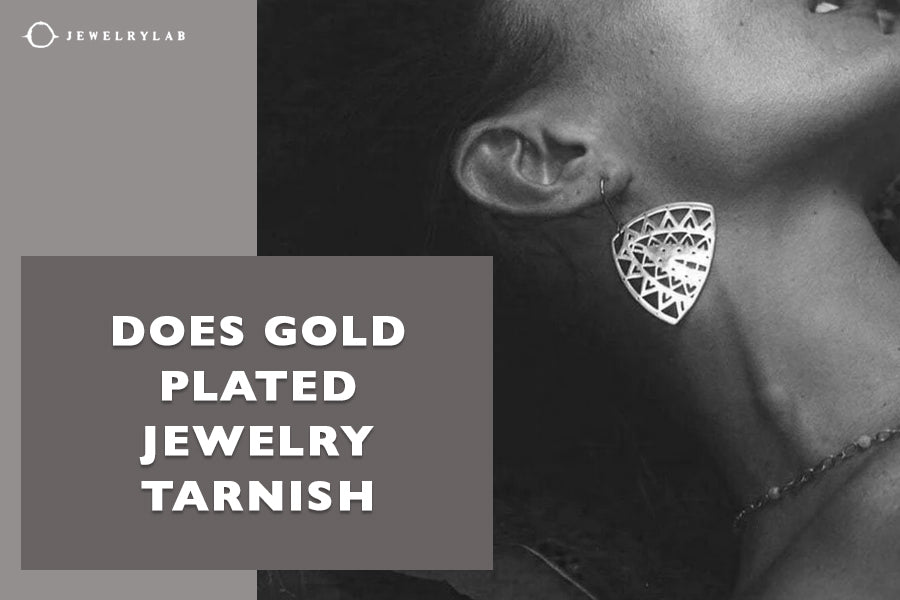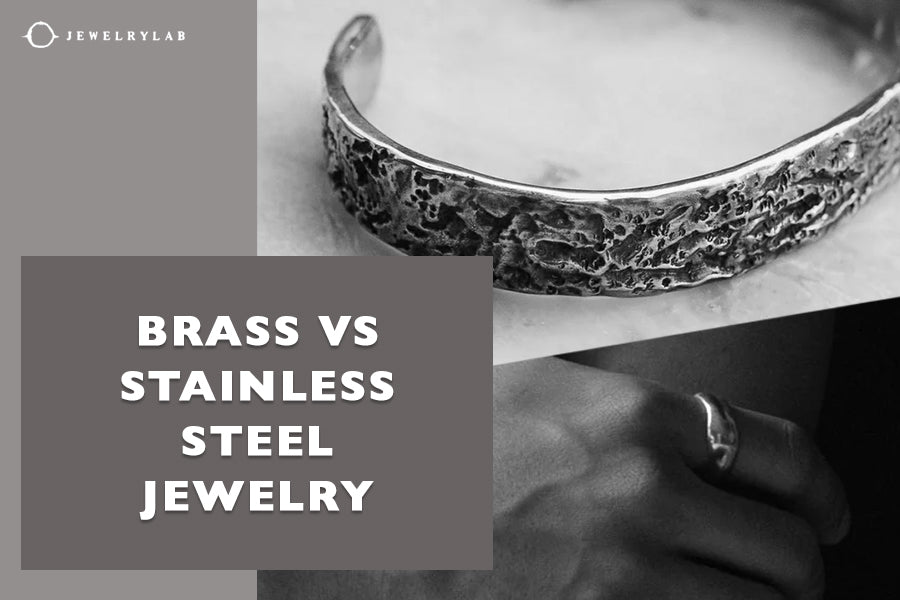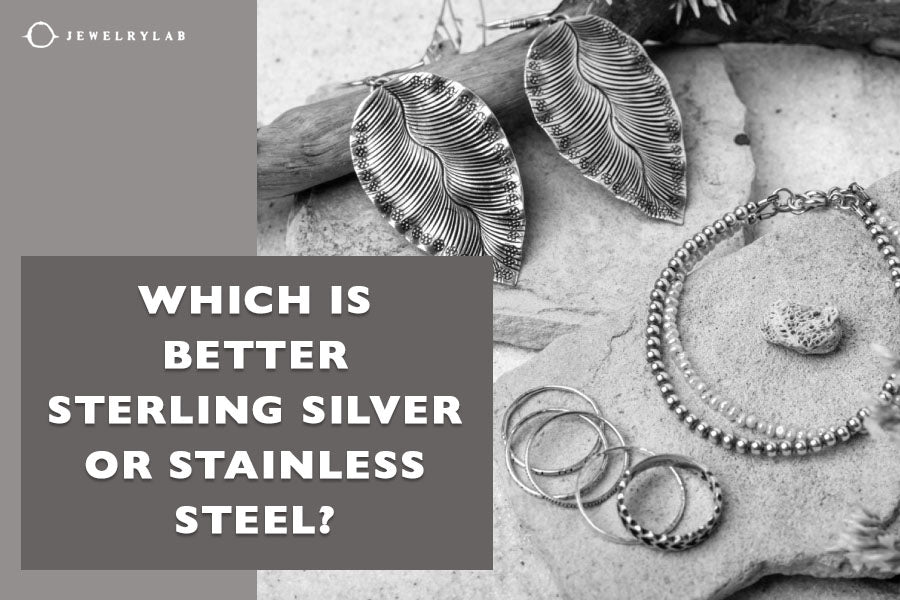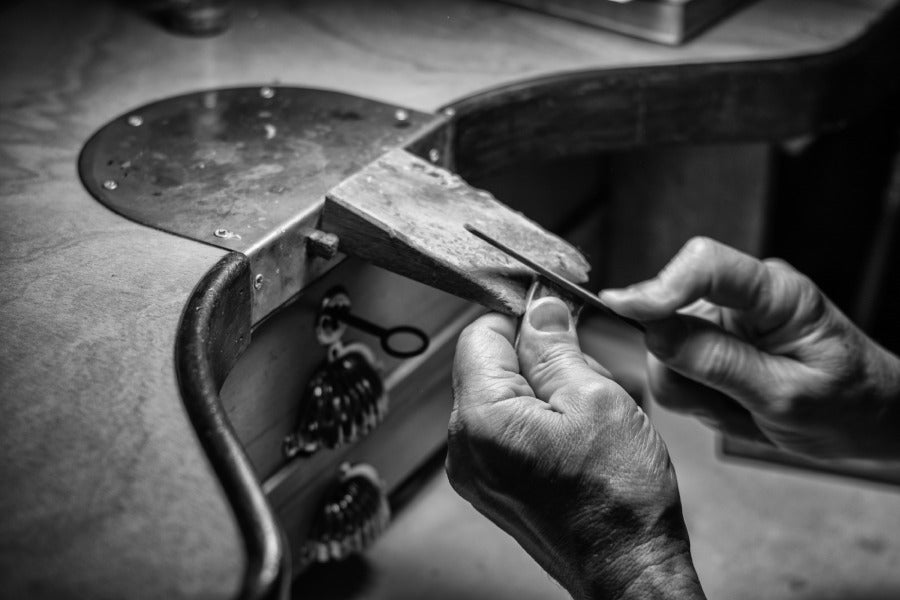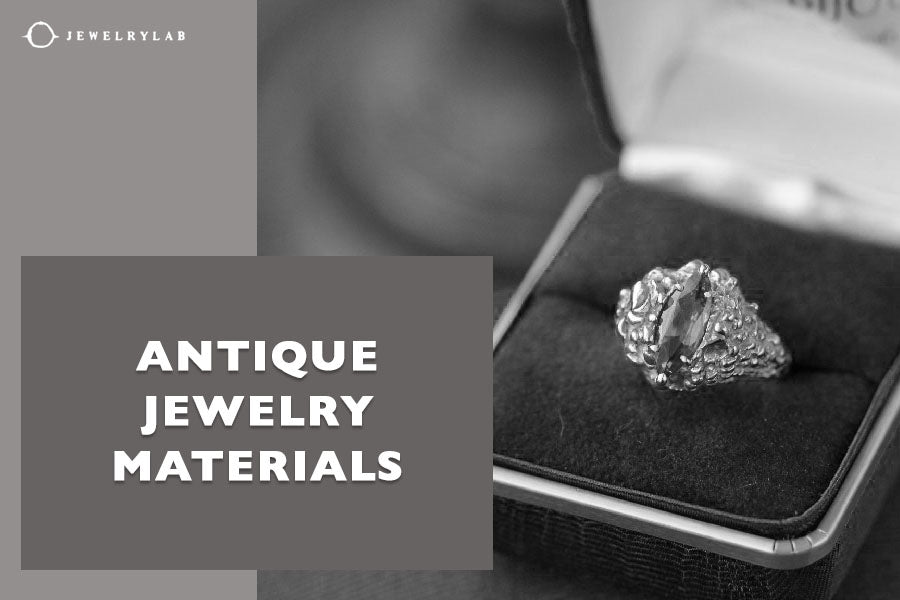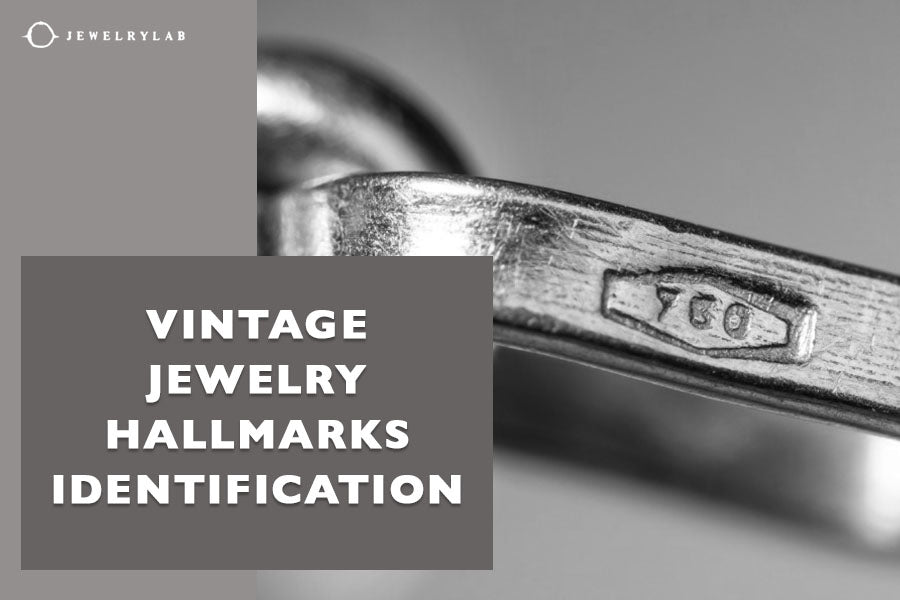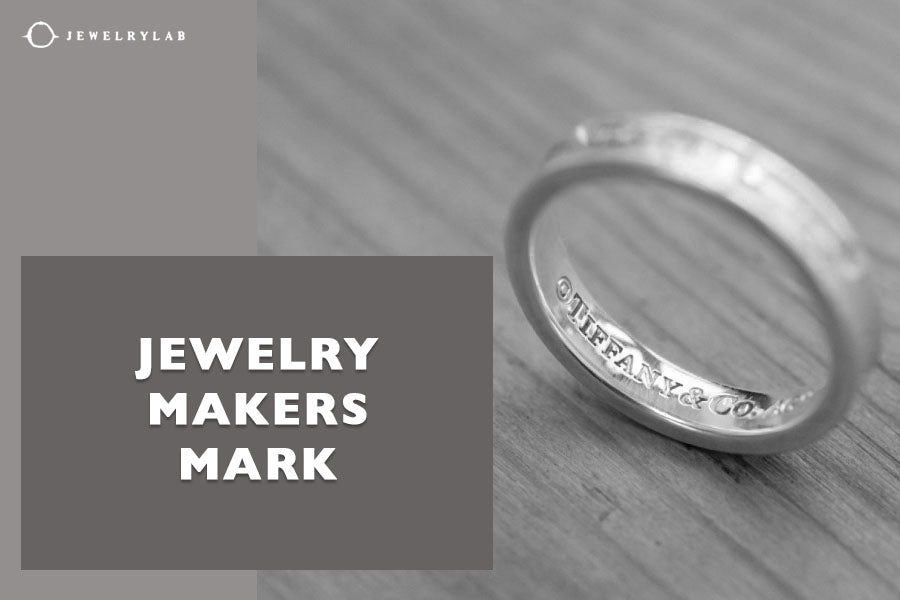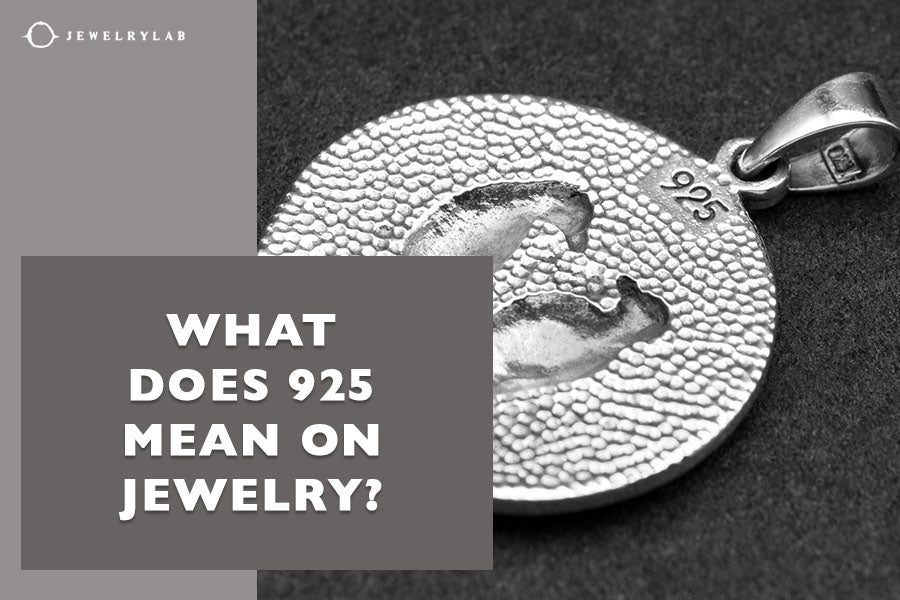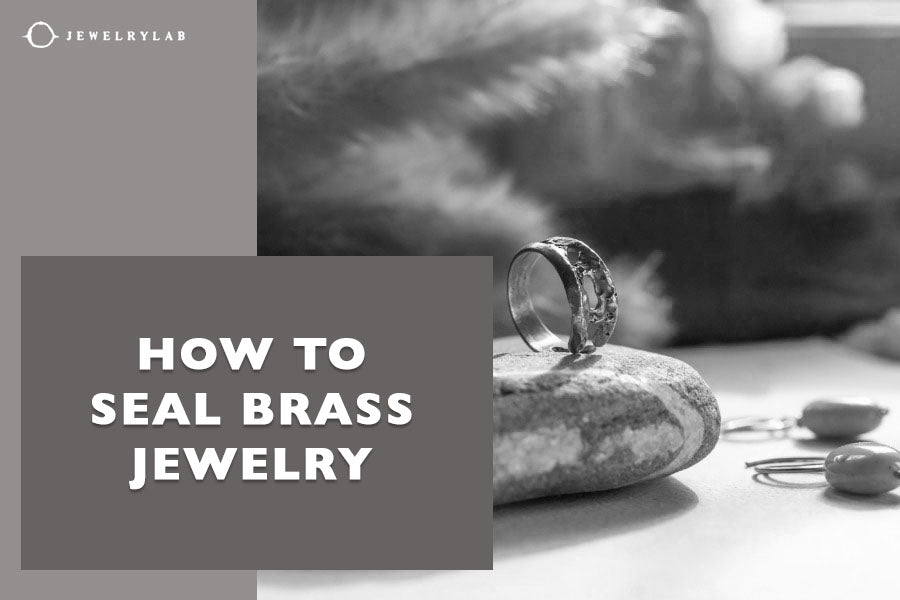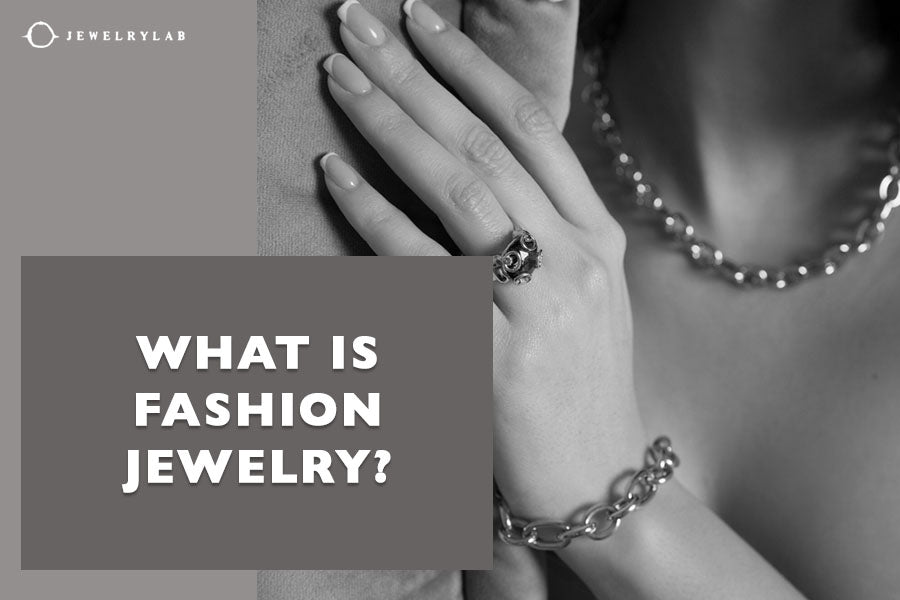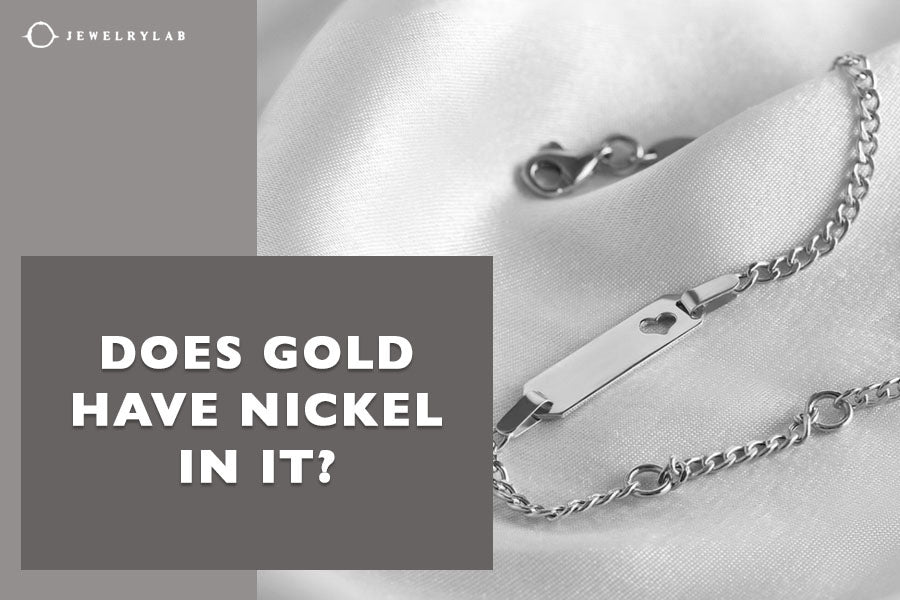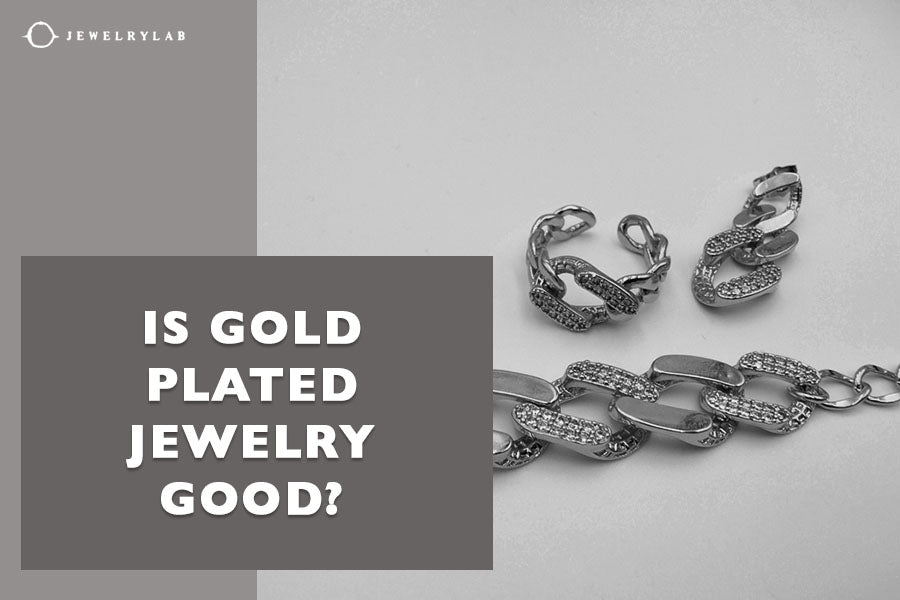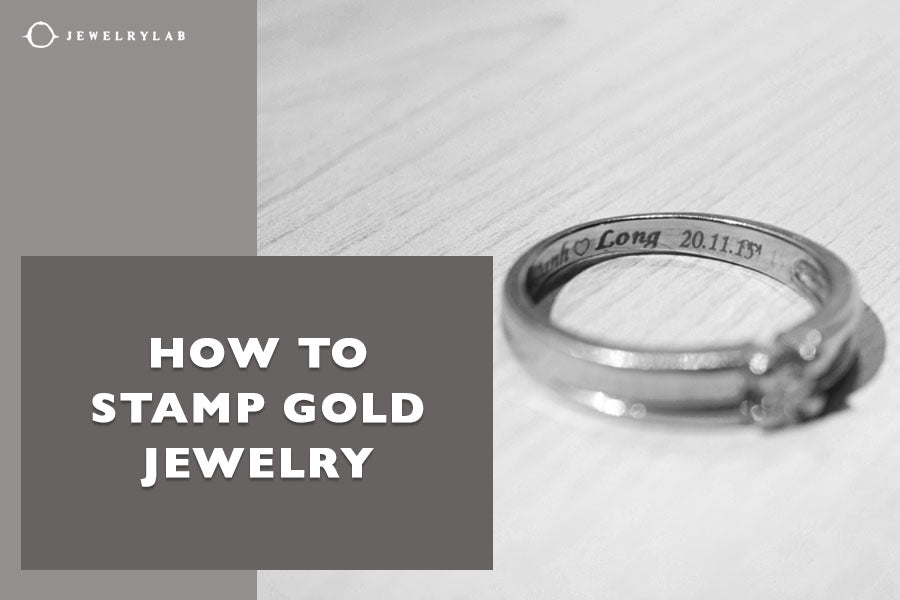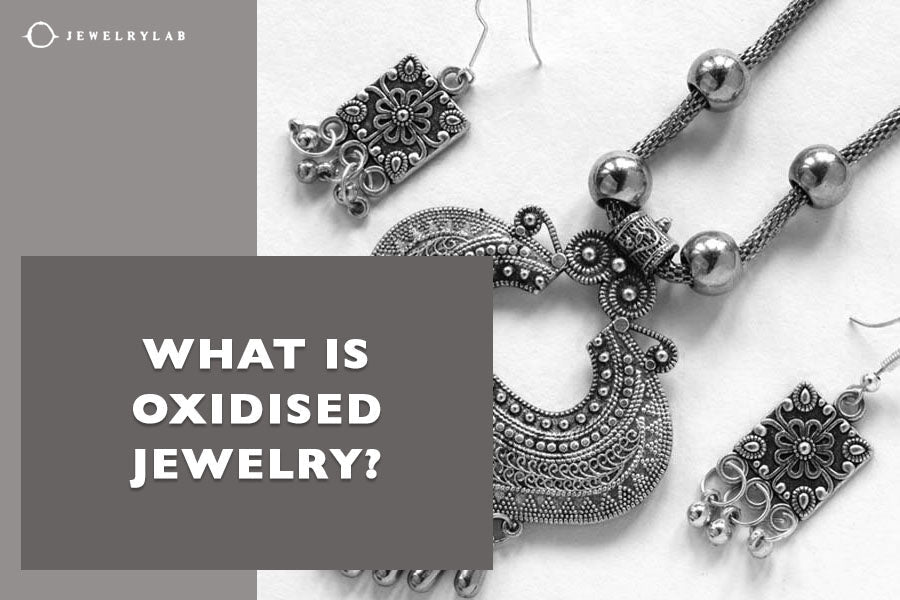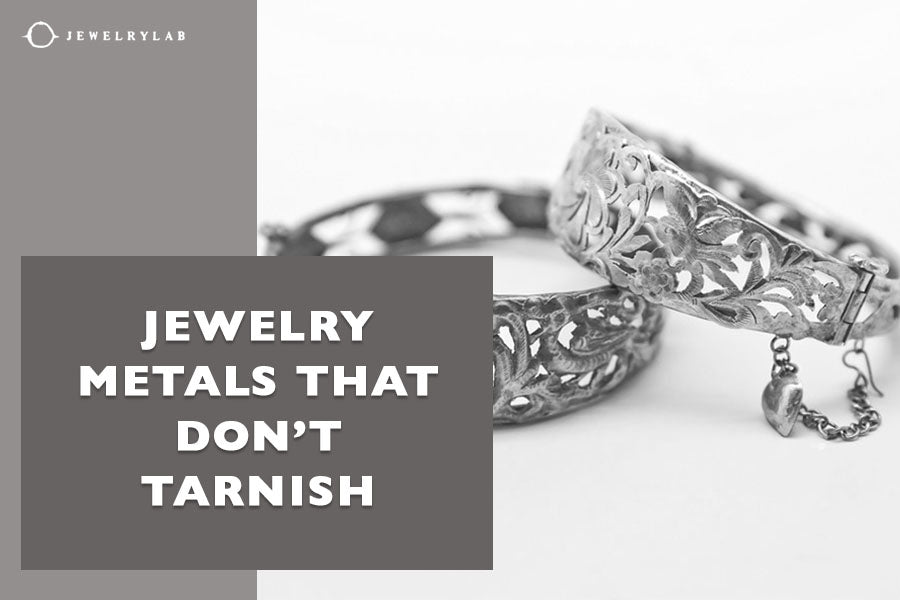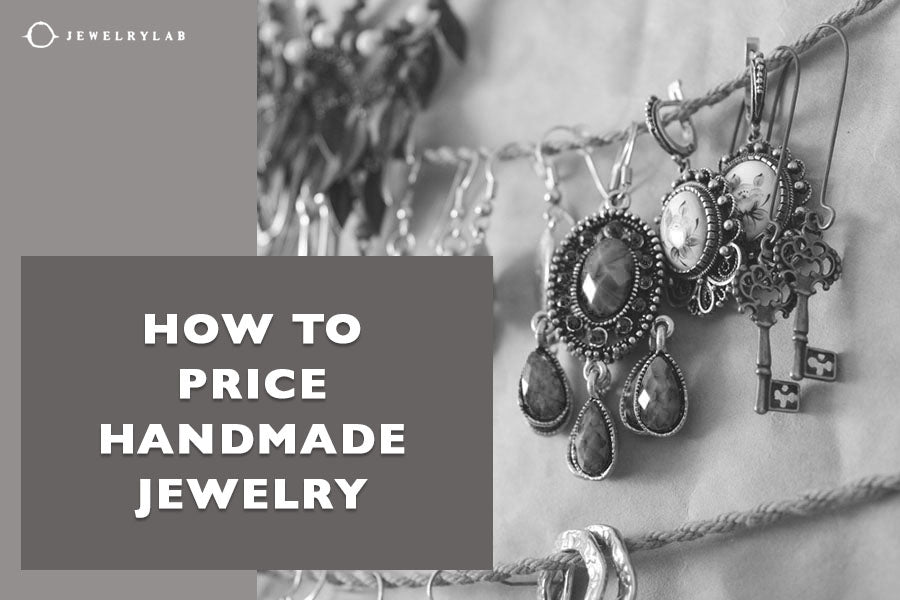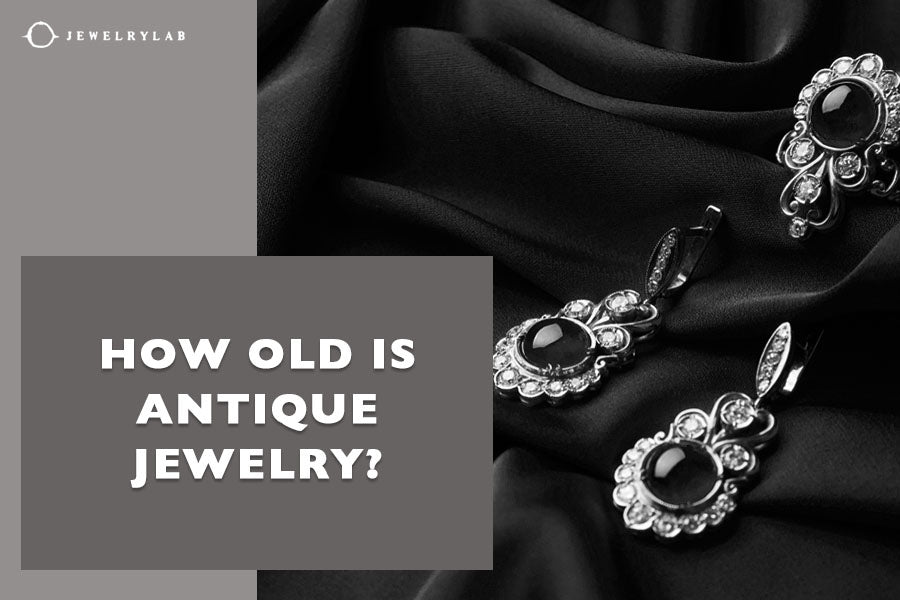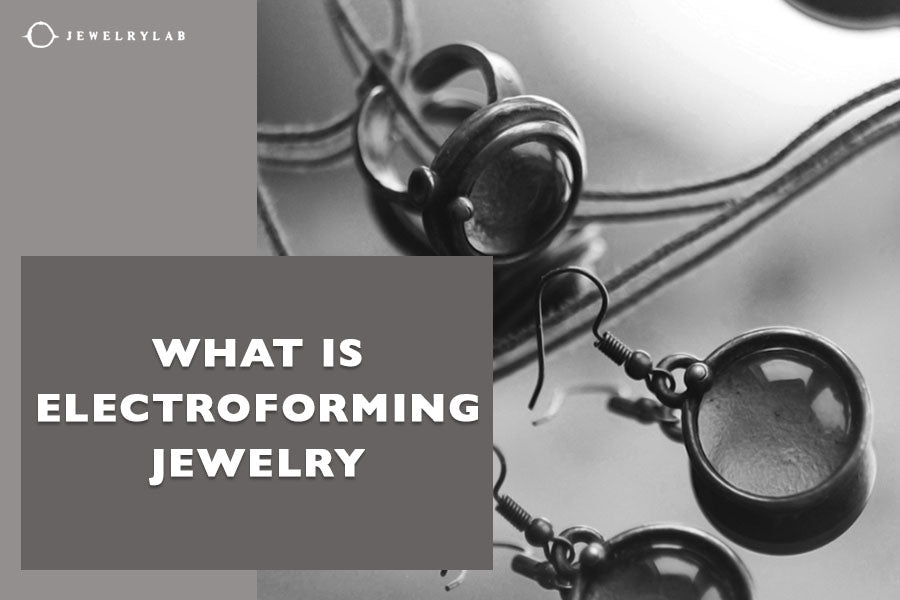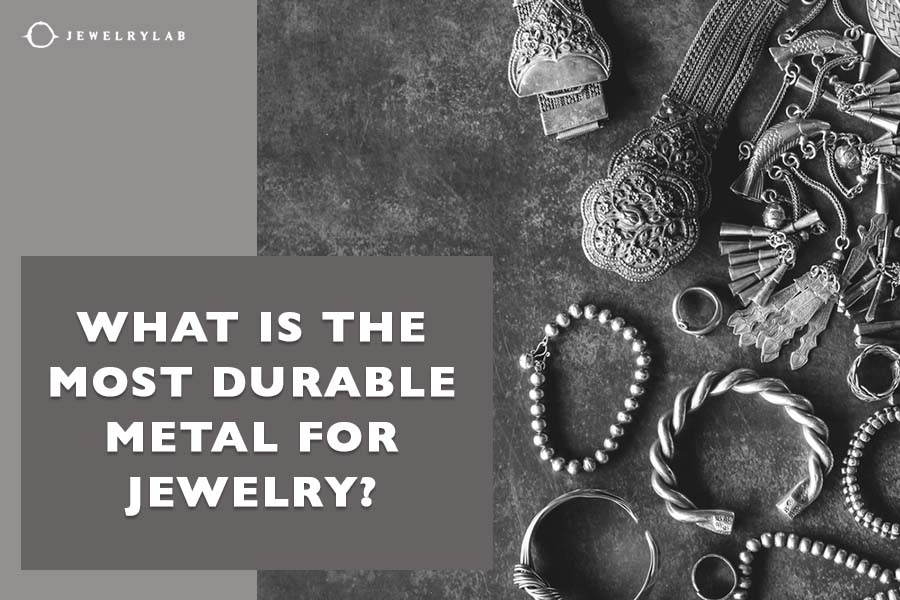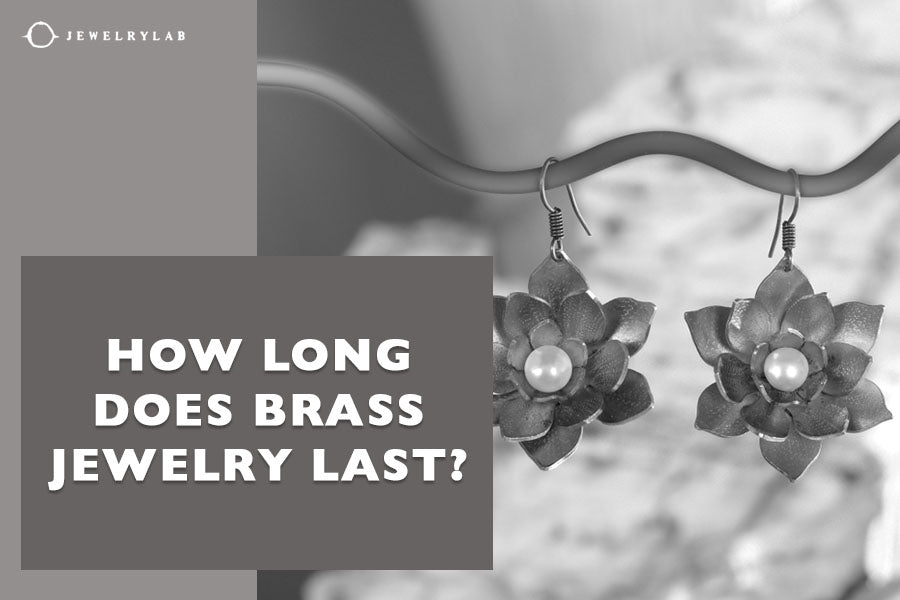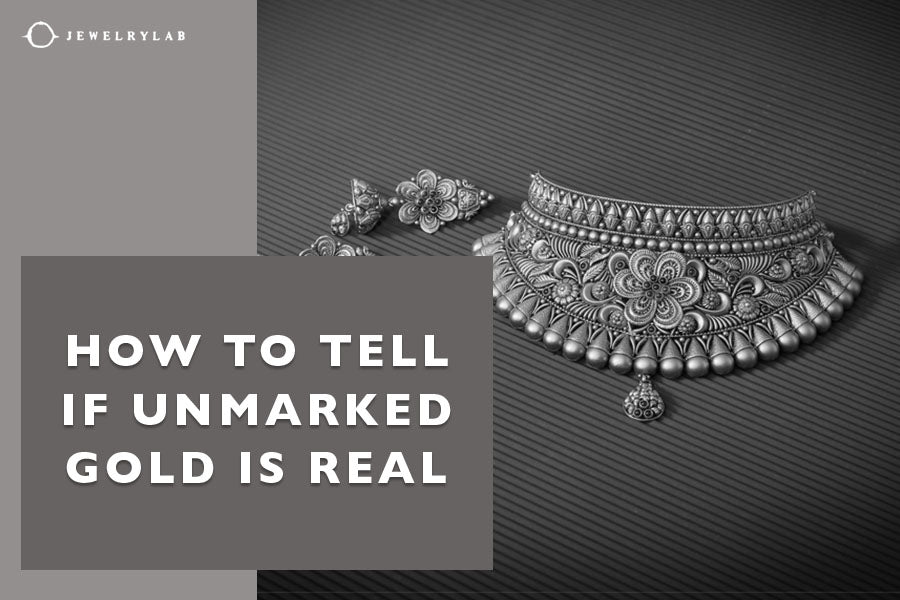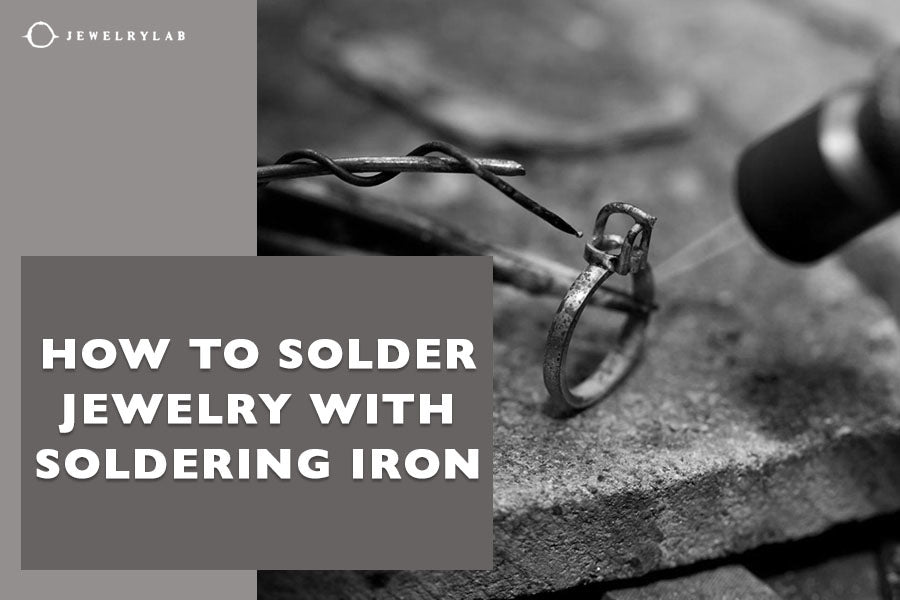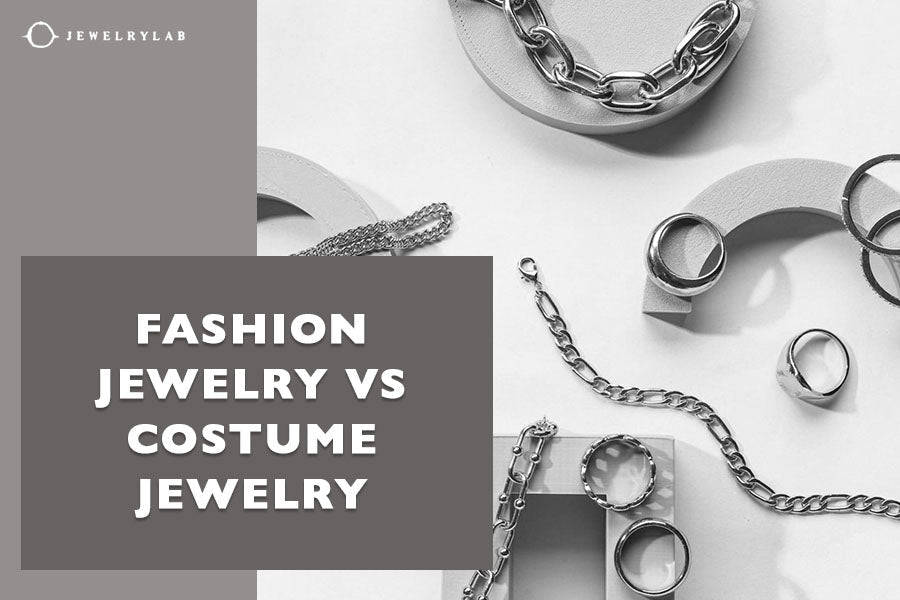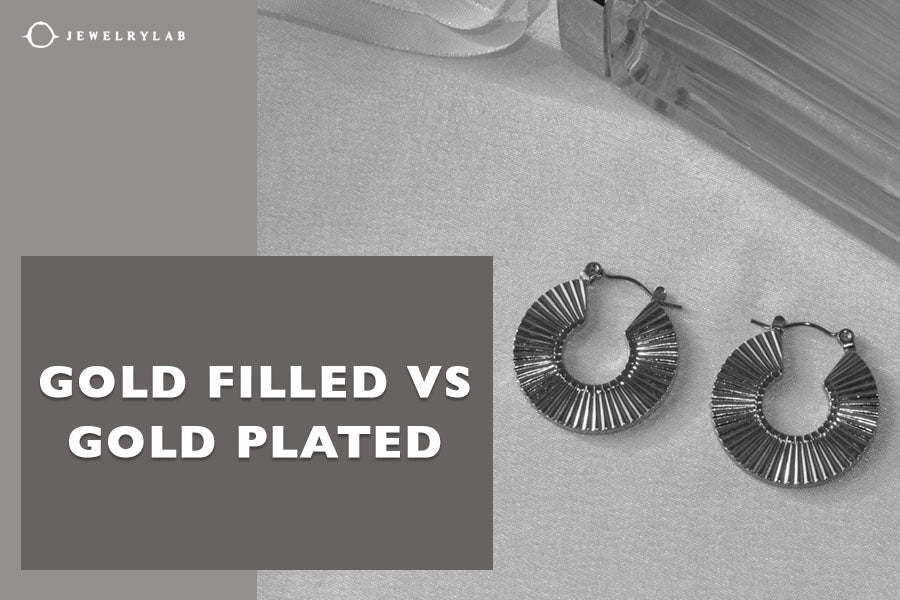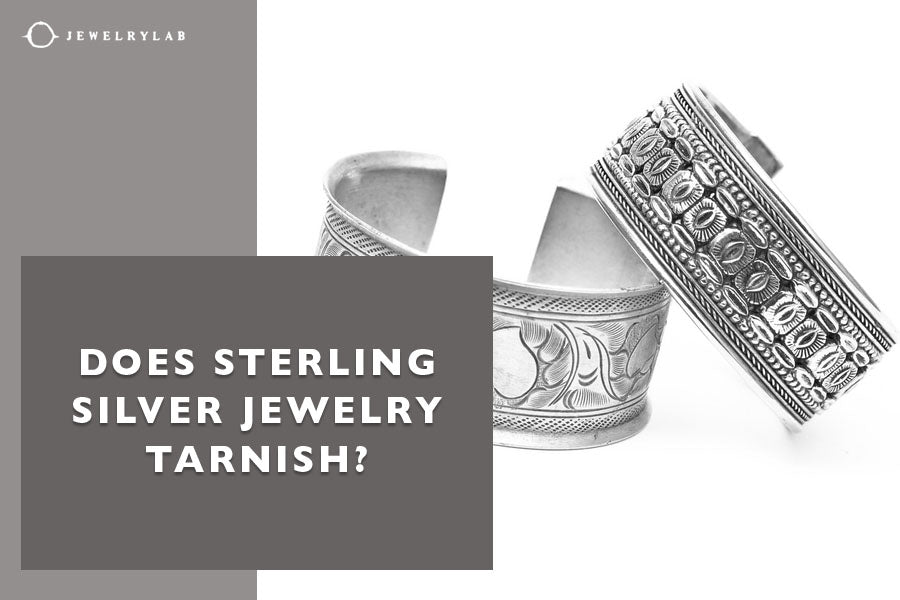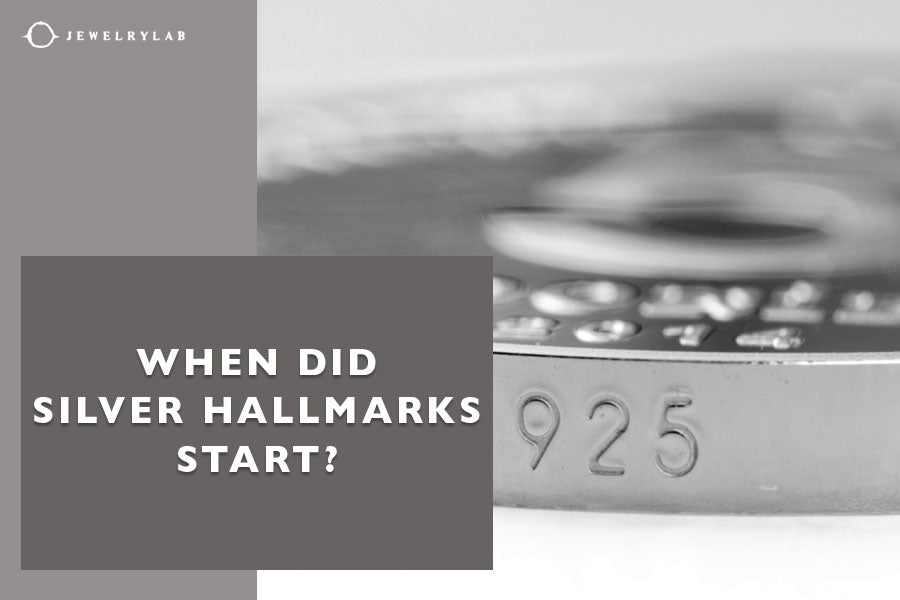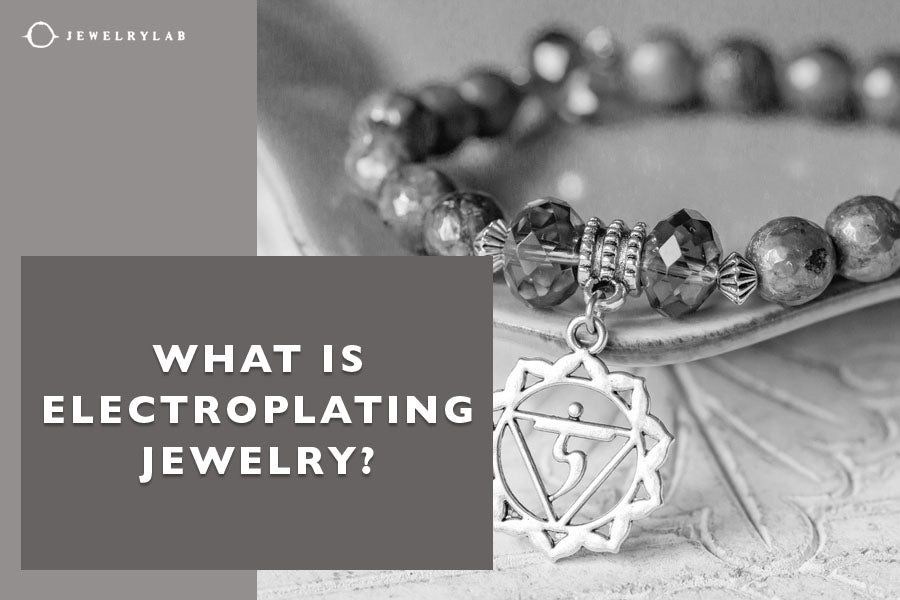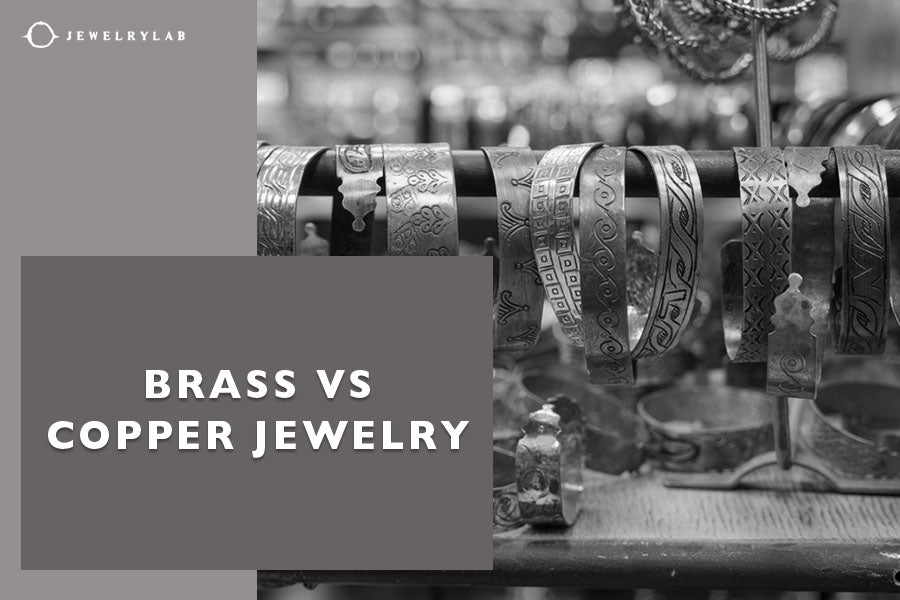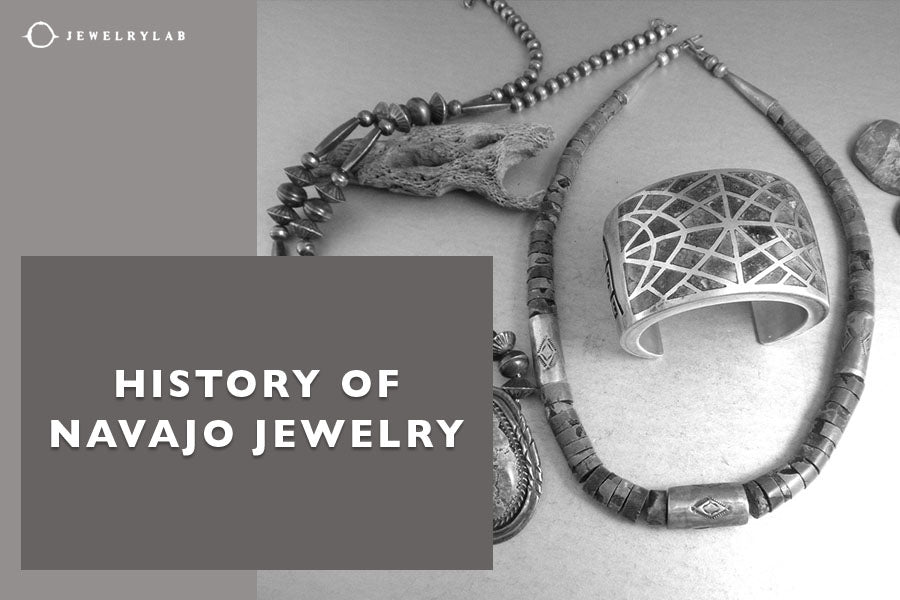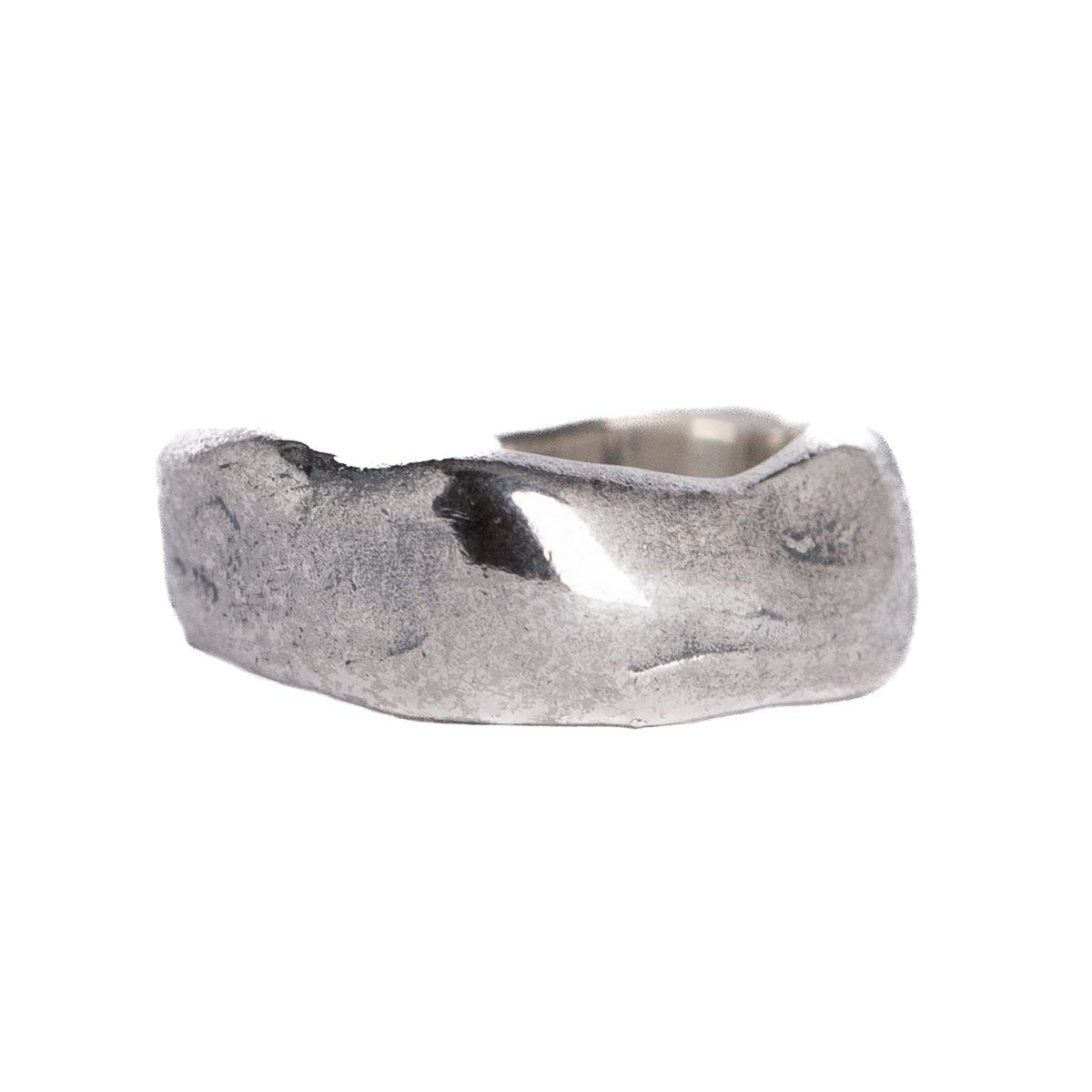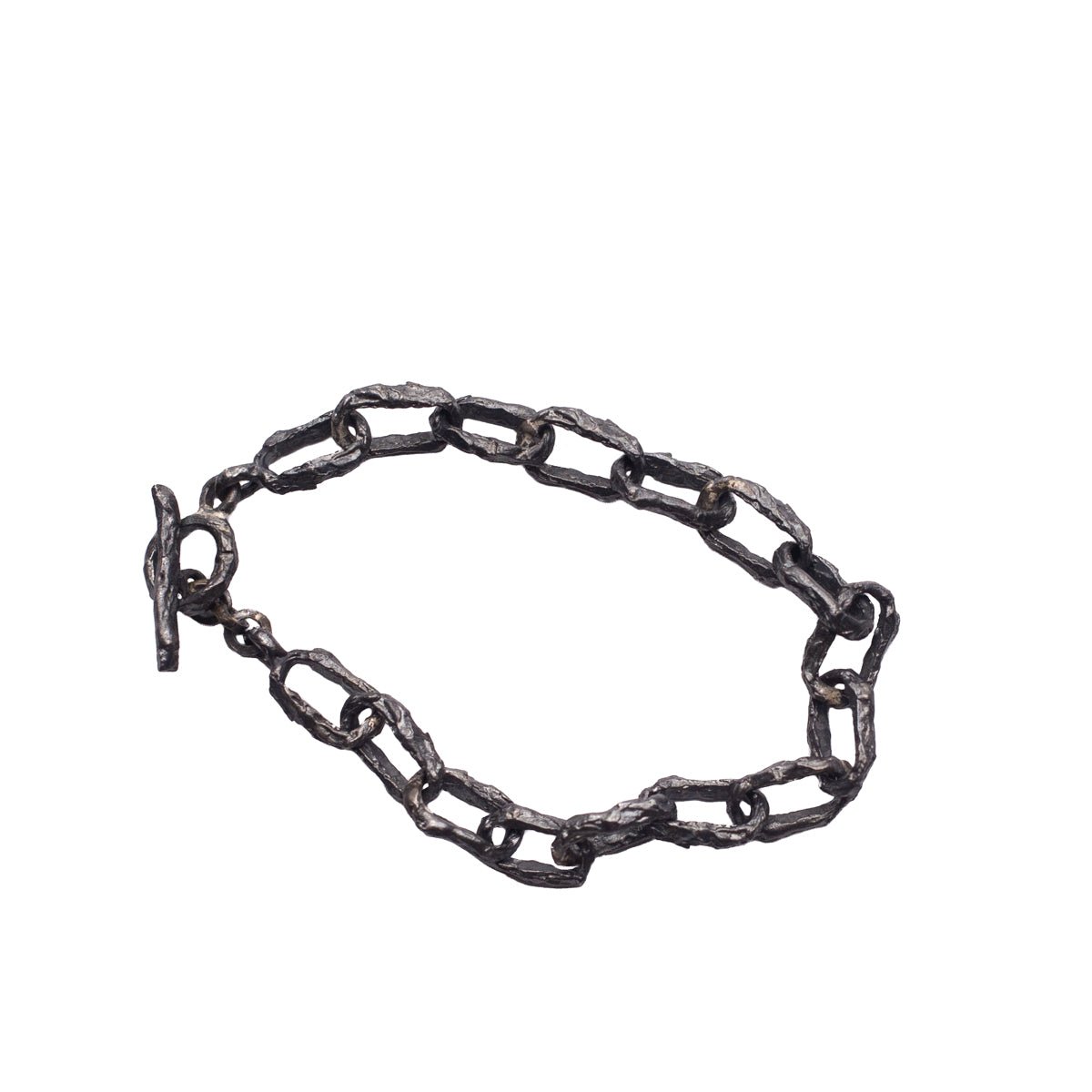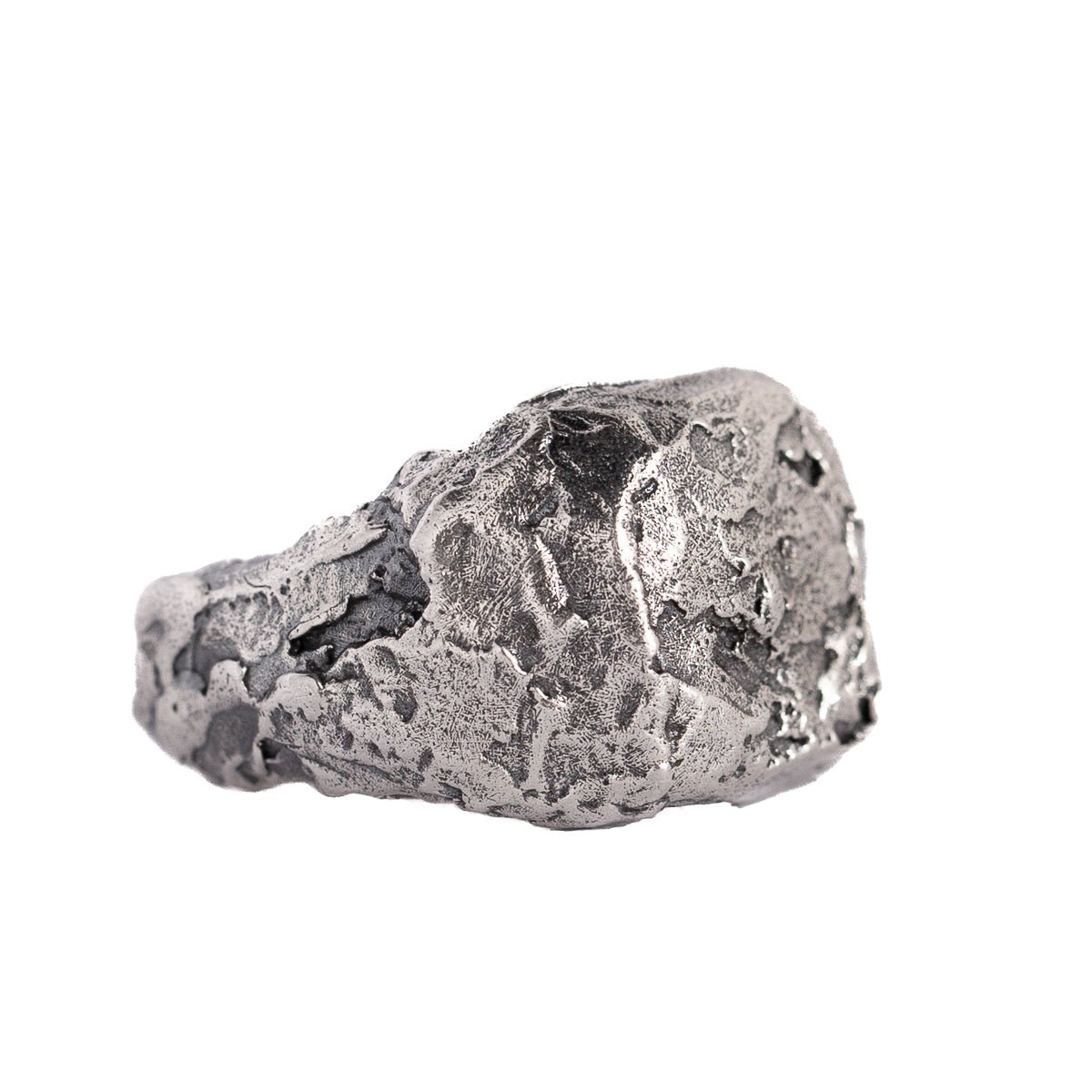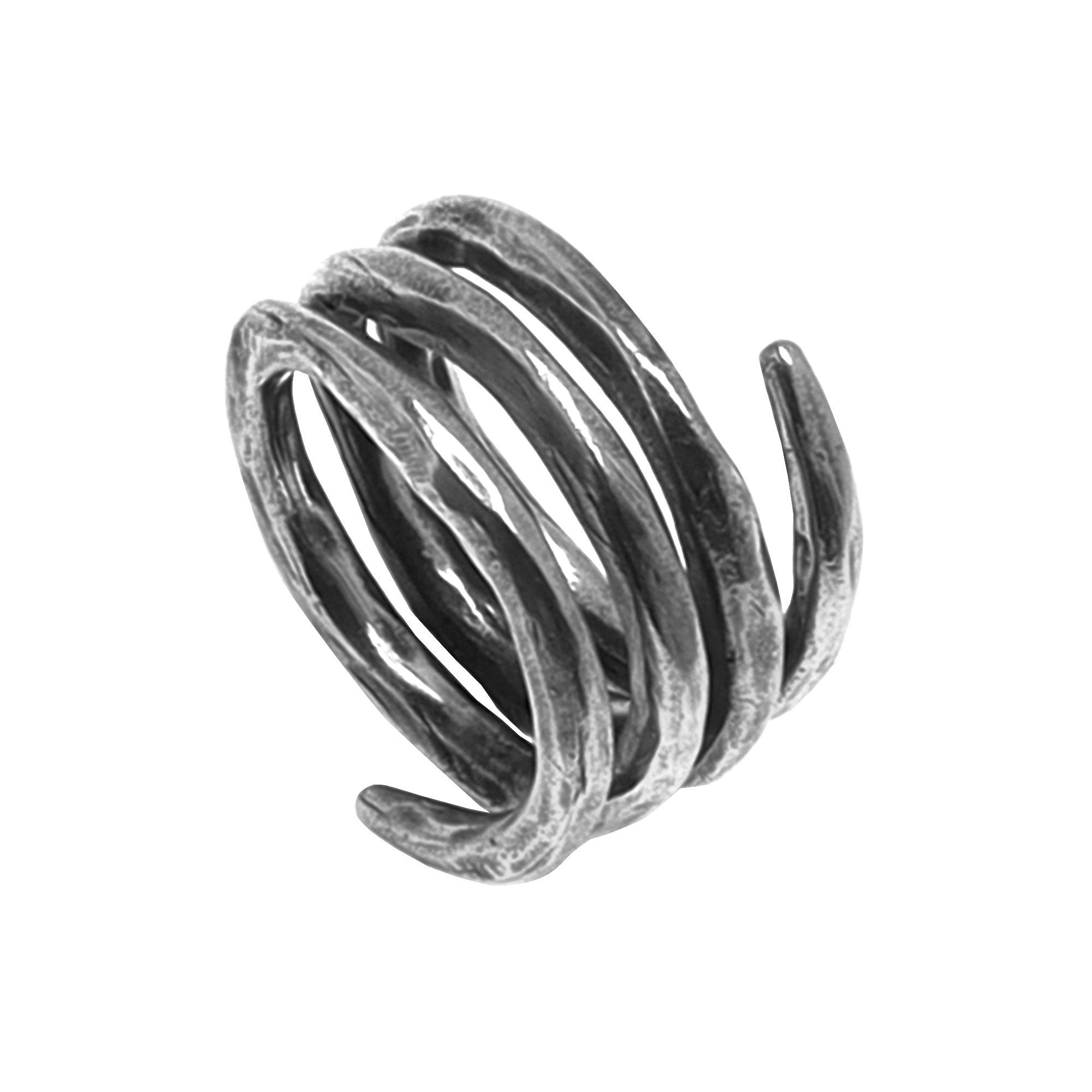by Jesús Zabala - 5 min read
Jewelry Hallmark Guide
The two most important decisions you need to make when purchasing jewelry are the design and material. While you can pick the design according to your preferences, it can be a challenge to recognize high-quality metals. Luckily with our jewelry hallmark guide, you will be prepared for your next purchase.
As experienced metalsmiths, we will decode the language and uncover the meaning of different hallmarks. We will also explain the difference between hallmarks and stamps, elaborate more on the types of jewelry hallmarks, and debunk some of the most common misconceptions.

Understanding Jewelry Hallmarks
Hallmarks are official marks stamped on jewelry that indicate the material’s purity. In addition to the metal content, hallmarks reveal the origin and date of creation.There are special hallmarks used to reveal more information about the origin of the manufacturer’s company, known as maker’s marks.
Brief history of hallmarking
Hallmarks were introduced in the jewelry-making world with the first standards of gold and silver quality. The purpose of hallmarks was to protect potential buyers from fraud.
Even in the early beginnings, standards of acceptable fineness were set. In fact, we still use the initial fitness for silver which was 92.5%. One of the first hallmarks was the leopard’s head, which was applied to silver pieces. Unlike silver, the standards for gold have changed throughout the years because the standards in the “Guardians of the Craft” were too rigorous and hard to fulfil.
Hallmarking regulations today
Today, hallmarking is mandatory for many countries in the world, serving as a pre-market authorization tool. Generally, the hallmarking is required for noble metals like silver, gold, platinum and palladium. Genuine hallmarks nowadays are applied by an independent body, which is typically an authorized assay office.
In contrast, there are countries where hallmarking is not a legal requirement. For instance, the U.S. has a different approach. The U.S. Federal Trade Commission has set specific Jewelry Guides to protect consumers and is mostly regarding the misuse of jewelry-related terms. They also include guidance for quality marks.
But can hallmarked gold be fake? Unfortunately, even with the strictest regulations, the hallmarks on jewelry can be faked. In general, that is a really complicated process, but can happen. So, instead of wondering whether is hallmark jewelry real, we advise you to test the jewelry, ask for a certificate and check the seller before buying.
How are hallmarks applied?
There are three main ways hallmarks are applied to jewelry. In the beginning, hallmarks on jewelry were applied with a punch and hammer. As the jewelry-making machinery advanced, press marking was done with traditional fly or air press.
In modern times, hallmarks are engraved with a laser. Laser marking doesn’t displace the metal, like the other two hallmarks applying methods. There are different laser hallmark techniques according to appearance, such as 3D and 2D laser marks.
Types of Jewelry Hallmarks
According to the information they give, hallmarks are divided into four main categories: purity, maker’s, date and town marks.

Purity marks
The purity marks, as the name suggests, reveal the purity or percentage of precious metal that is used to make the jewelry piece. Since both gold and silver in their pure form are hard to work with and are really soft, they are mixed with other metals. Most commonly, gold and silver alloys contain copper, nickel and zinc.
The purity markings are generally numeric, and they are different for gold, silver and platinum jewelry. Here is a jewelry hallmark list of the most commonly used purity marks and their meanings:
- 375 - 9 carat gold with 37.4% purity,
- 585 - 14 karat gold with 58.8% purity,
- 750 - 18 karat gold with 75% purity,
- 916 - 22 karat gold with 91.6% purity,
- 800 - 80% silver,
- 925 - 92.5% silver,
- 958 - 95.8% silver,
- 850 - 85% platinum,
- 900 - 90% platinum,
- 950 - 95% platinum.
Besides the numeric markings, there are certain countries that use pictorial purity markings. They were especially used in ancient times and are rarely found today.
Marker’s marks
Marker’s marks are commonly used for gold pieces. Their initial purpose was to easily identify the maker of the jewelry when needed. In many countries, they included the maker’s initials and a unique pictorial mark. Generally, all marker marks should be registered at the assay office.
Marker’s marks are not only added for reliability and responsibility when problems arise but they are also used as trademarks. Jewelry with marker marks from famous manufacturers might add value to the piece.
Date letters
Date letters are a type of hallmark used to indicate the year the when the jewelry was hallmarked. There are different types of date letters looks. The symbols and letters indicating a specific year may vary from one country to another and sometimes even between different regions in one country.

Source: shutterstock.com/ Photo Contributor: 1jewelry
Town marks
Town marks were especially used in the past as the jewelry-making market started to expand. As the number of assay offices grew, town marks were used to easily recognize which assay office did the hallmarks.
Other types of hallmarks
Our jewelry hallmark guide wouldn’t be complete without the Assay office mark, which indicates the institution where the purity of the jewelry was tested. Each country and assay office has a unique pictorial marking.
Other important types of hallmarks are:
- Designer marks
- Duty marks
- Import and export marks
- Patent and inventory numbers
- Tally marks
Comparing Hallmarks and Stamps
Since both hallmarks and stamps are markings on jewelry that reveal important information about the piece, both terms are often used interchangeably. All hallmarks are stamps, but not all stamps are hallmarks. For a jewelry marking to be classified as a hallmark, it should be done by an assay office.
Common Misconceptions
One of the biggest misconceptions among jewelry wearers is that the presence of a hallmark guarantees the quality and authenticity of the jewelry
Unfortunately, the hallmark only proves the purity of the metals the jewelry is made from. The quality of the piece is greatly influenced by the craftsmanship.
Also, many believe that when a piece of jewelry has a town mark. The reality is that the town or similar marks only reveal the country, region or town where the jewelry was hallmarked. It might happen that a piece is manufactured in one country and hallmarked in another.

Conclusion
Hallmarks and stamps are terms that are used interchangeably. Luckily, with our jewelry hallmark guide, you now know the difference between them. You are now fully prepared to start your jewelry-seeking journey, and what better place to begin than with our list of handmade and original designs?
-
DESIGNED & HANDMADE IN BALI
-
FREE RESIZING FOR EVERY PIECE
-
FREE SHIPPING ON $150+ ORDERS
-
100% SAFE & SECURE CHECKOUT

